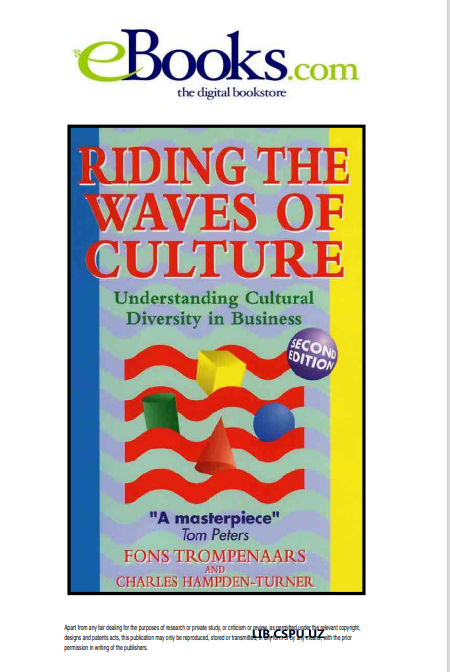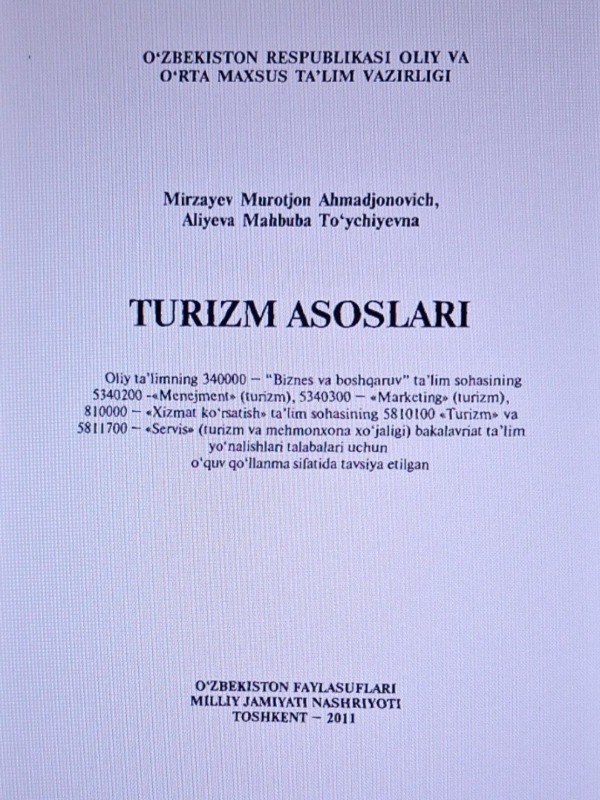
RIDING THE WAVES OF CULTURE
QR kod:
Yuklab olishlar
marketing, sales and so on), while the remaining 25% were general administrative staff (typists, stenographers, secretaries). The database now numbers 30,000 participants. This is twice as much as four years ago when the
first edition was published. The empirical results are, however, just an illustration of what we are trying to say.
This book attempts to do three things: dispel the notion that there is
“one best way” of managing and organising; give readers a better understanding of their own culture and cultural differences in general, by learning how to recognise and cope with these in a business context; and
provide some cultural insights into the “global” versus “local” dilemma
facing international organisations. Possibly the most important aspect of
the book is the second of these. I believe understanding our own culture
and our own assumptions and expectations about how people “should”
think and act is the basis for success.





